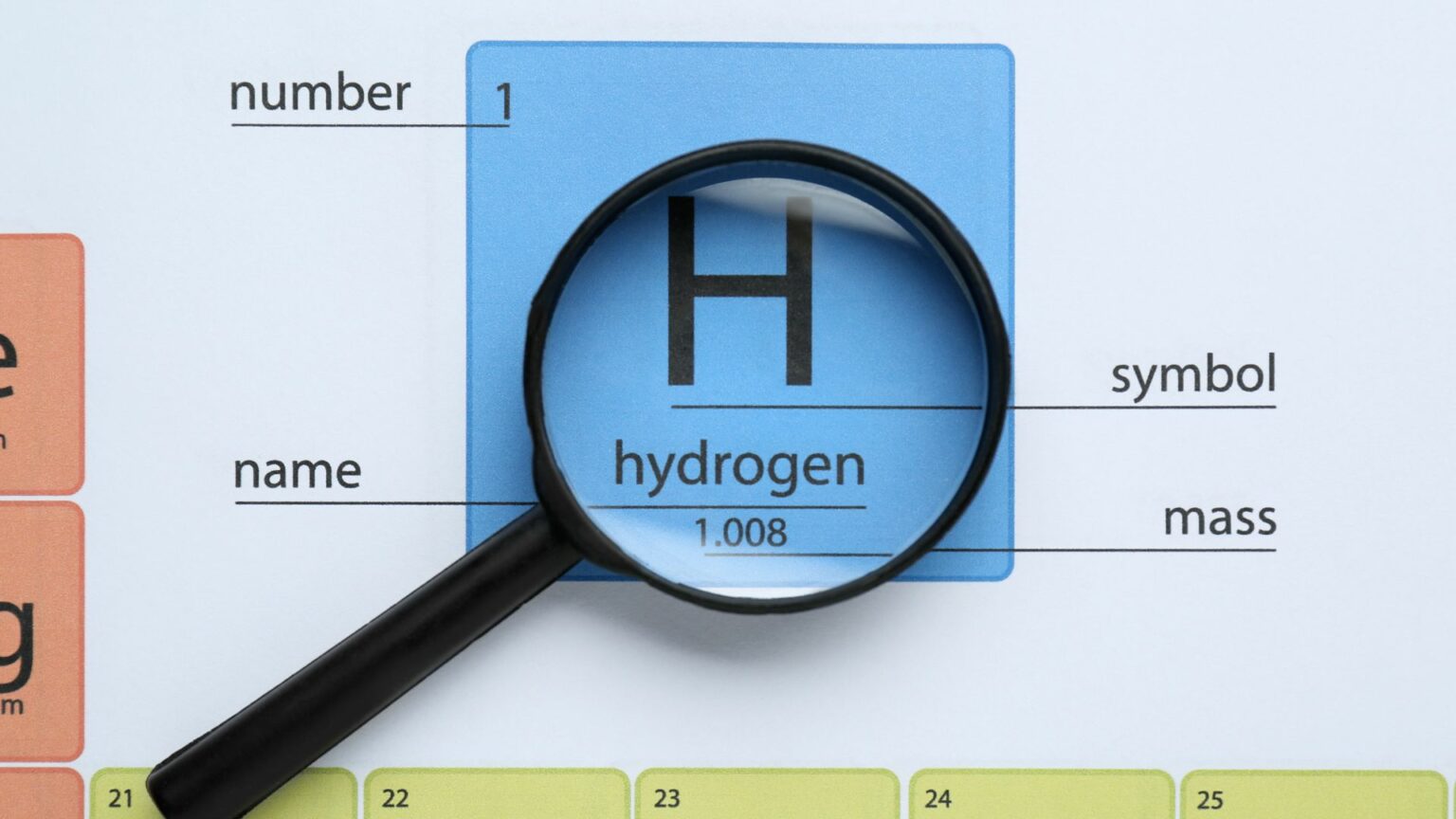Fortescue’s announcement to pause its $2-billion green hydrogen plant in Prince George comes amid a global restructuring. This decision, affecting projects beyond Canada, raises questions about the feasibility and strategic planning behind such large-scale green hydrogen initiatives.
Fortescue’s global restructuring focuses on projects in Australia, Brazil, the United States, and Norway. This shift reflects a prioritization strategy, likely driven by resource allocation and market conditions. The company’s decision to shed 4.5% of its global workforce and the forecasted drop in iron ore prices below $100 a tonne further underline the economic pressures influencing its green hydrogen goals.
Despite the setback, there is optimism for future investments in Prince George. Mayor Yu remains confident that Fortescue and other companies will consider the region for hydrogen projects, especially following BC Hydro’s call for power. The interest from major players like Fortescue and Mitsubishi suggests potential for future developments.
BC Hydro President and CEO Chris O’Riley discussed the logistical challenges associated with Fortescue’s project, even with planned transmission line upgrades. The need for significant electricity supply and the complexities of integrating such a large-scale project into the existing infrastructure pose ongoing challenges.
Fortescue’s memorandum of understanding with the Lheidli T’enneh, and ongoing negotiations for an Impact and Benefits Agreement, reflect efforts to involve local communities. The projected output of 140,000 tonnes of green hydrogen and 800,000 tonnes of green ammonia per year underscores the project’s potential scale and impact.
